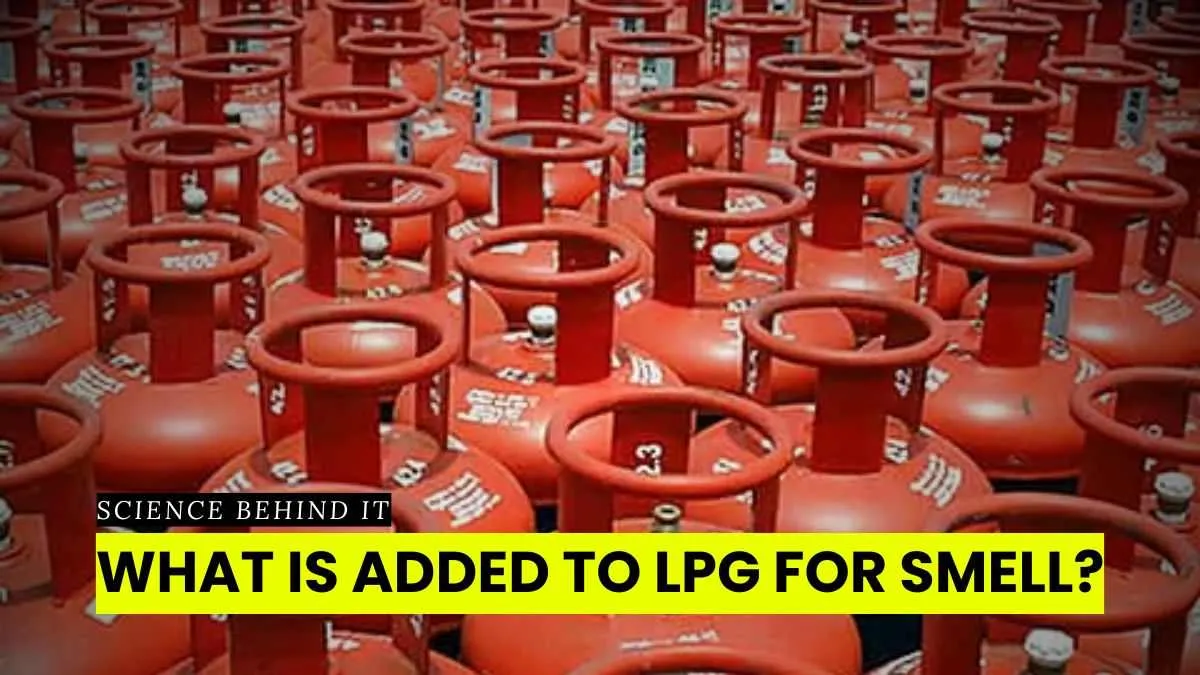If you smell gas from a slightly open gas stove burner, it's likely due to an added odorant to the natural gas for safety purposes. It is important to always double-check that gas burners are completely turned off when not in use. LPG is used as a fuel gas in cooking, heating appliances, and vehicles, and it is also used as an aerosol propellant and a refrigerant, replacing chlorofluorocarbons in an effort to reduce the damage it causes to the ozone layer.
LPG is extracted from natural gas streams at gas processing plants and further separated at fractionation plants. LPG is also a byproduct of the crude oil refining process. North America (particularly the US) and the Middle East are major production hubs. Global LPG production is substantial, with over 350 million tonnes produced annually.
In this article, we will learn about the science behind LPG and the smell associated with it. Did you know that LPG (Liquefied Petroleum Gas) is naturally odourless? In its natural form, LPG is a mixture of propane and butane. It is colourless and odourless. The distinctive smell associated with LPG to detect gas leaks is due to a chemical odorant which is added as a safety measure. This odorant allows people to easily identify leaks. In this article, let us learn what is added to LPG to detect leaks.
| Table of Content
|
What is LPG?
LPG full form is Liquefied Petroleum Gas. LPG is a fuel gas which contains a flammable mixture of hydrocarbon gases, specifically propane (C₃H₈) and butane (C₄H₁₀). It is completely odourless and highly flammable.
Who discovered LPG?
LPG (Liquefied Petroleum Gas) was discovered by American chemist Dr Walter O. Snelling in the early 1910s. He found that LPG could be liquefied under pressure, thus making it easier to store and transport. His work led to the first commercial LPG products in 1912.
What is added to LPG to detect gas leaks?
To detect LPG leaks, a substance called ethyl mercaptan (CH₃CH₂SH) is added. The compound has a strong, foul odour, often described as rotten cabbage or eggs. This distinctive smell makes it easy to detect even small leaks and prevent potential hazards like fire or explosions.
Why ethyl mercaptan is added to LPG?
Ethyl mercaptan is added to LPG because it is easily detectable at very low concentrations. It does not react with LPG (propane and butane). It also mixes well due to its low boiling point.

Comments
All Comments (0)
Join the conversation